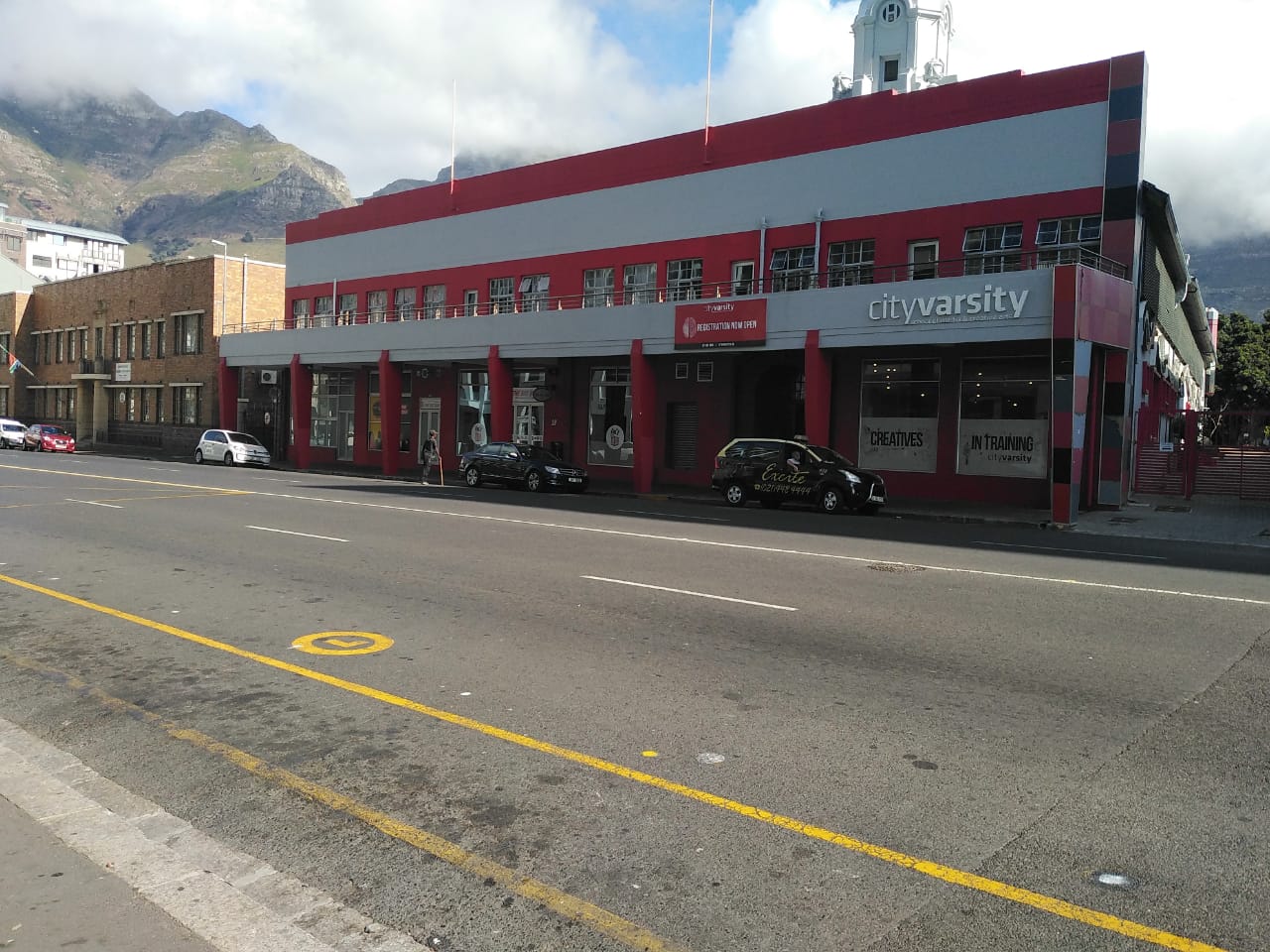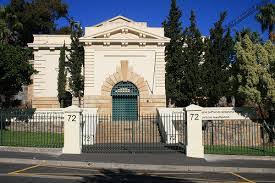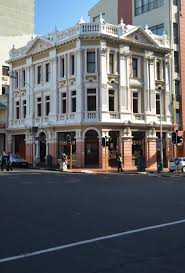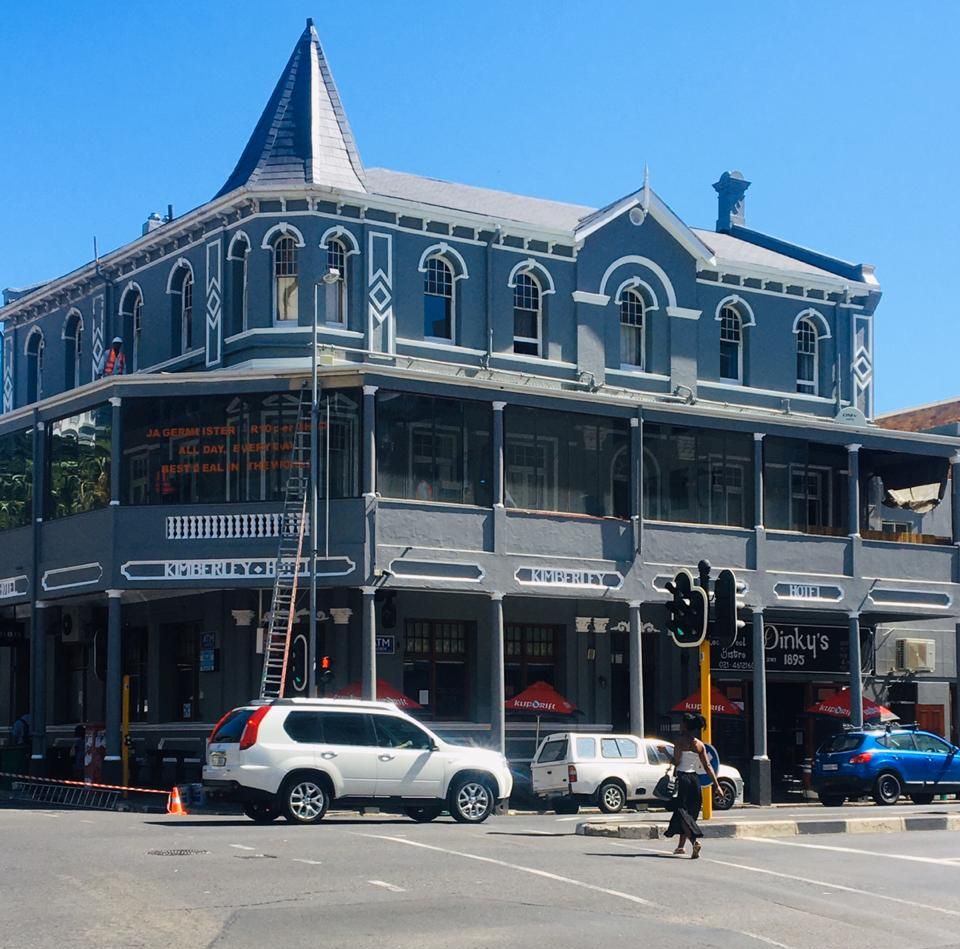Visiting the historical side of Roeland street in the greater Cape Town

Cape Town is famous for many things but its historical views of nature and tourist’s destination remains its fundamental feature. Roeland street is a long expanding road which cuts Buitenkant, Harrington, Darling and Canterbury streets. It sits on the upper eastside of Cape Town at the feet of the historical Table Mountain.
One of the most revered amenities featured by Roeland street is its view to a presidential house, the tuynhuis and Parliament of the republic. Roeland street is also packed with living apartments for students from respective Cape Town tertiary institutions and leasing offices for business ventures.
The historical street offers quite a range of rich history to look at and some places of leisure, like the legendary Kimberly hotel and Bar. Opposite to the Kimberly hotel across the street, you are directly faced by Book Lounge, where book lovers and literature fanatics meet.
The Roeland street is never without walking crowds of people as it is the main divider of the upper eastside of the City of Cape Town to its lower part. It also accomodates protesting crowds through proximity to Parliament. The history that never fades is the Western Cape Archives building which was previously an apartheid prison and has now been given a new look of life. Few walks away from the Western Cape Archives, St Mary’s Cathedral is also one of the oldest buildings that carries the history of Roeland street.

The brief history of Roeland Street prison is unfortunately a darksome. The fortress at the entrance and the high walls was not built for defence, according to the Heritage portal online archives, the colonial engineer, George Pilkington was commissioned by the government of the time to build the prison in 1855. The prison operated from 1859 to 1970 with a dark history of executions carried out in the prison.
At some point in 1918, the prison was also hit by Influenza epidemic which affected prisoners and Wardens. The alternative prison was the newly built Pollsmor as the Roeland street prison was getting smaller for a prison purpose and replaced by Archives after short-term leasing to business undertakings.

A few blocks away from the Western Cape Archives, a two story building of the Cape Peninsula University of Technology is sited in the corner as a building for research and administration for informatics and design faculty. The building house hundreds of media savvy students from Journalism, Photograpghy, and public relations.

Like all beautiful classic structures of Cape Town, the Book Lounge pride itself with a beautiful story to its existence. The building holds a corner of Buitenkant and Roeland street.
When I searched around for something to say, I bumped into the owner of the Book Lounge, to cut the long story to the chase: Mervyn Sloman was always a bookseller from his student’s days at UCT though he tried other careers. He came back to his calling of selling books and teamed up with his wife in 2007 to start the Book Lounge from what used to be a small Art Gallery. The Lounge hosts literature related events, from publishing to readings and the sale of books as its main business.

Kimberly hotel is one of the oldest hotel’s in Cape Town, tracking its last architect an Irish traveller, Frederick Cherry who designed many more grandiose historical buildings like Mount Nelson hotel around 1890s.
Kimberly hotel enjoys the lunch hour rush of Parliamentarians and home to sport fanatics to gather for drinks over a game of rugby and soccer. There is no better story told about Cape Town without mentioning the beautiful history of Roeland street and its significant scenery of Table Mountain.
Roeland street carries its own significant interest and the pleasant sense of tourist's destination. Nelson Mandela was the first president to use Roeland street as a grand entrance which Ramaphosa recenlty followed on his footsteps during his state of the nation address. The spirit of Cape Town shares its significance with this legendary road.
